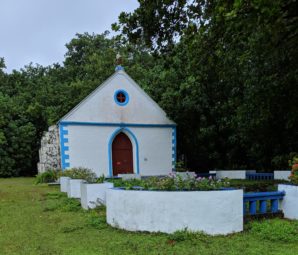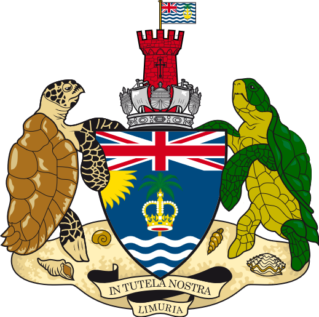New Protection for BIOT’s Heritage Sites

On 23 October 2019 the BIOT Commissioner signed into law the Environmental Protection (Historic Sites and Monuments) Ordinance 2019, and the associated Designation of Historic Sites and Monuments Regulations 2019.
The British Indian Ocean Territory Administration recognises the importance of the heritage of BIOT, both to those who have lived and worked there and to the wider public. We regularly welcome members of the Chagossian community whose visits are enabled through a significantly expanded programme of heritage visits funded by the British Government.
This legislation provides a new level of protection for the unique historic and cultural sites across the British Indian Ocean Territory. Any person who unlawfully damages, destroys, or removes any part of a site or monument could face criminal prosecution and, if found guilty, could be sentenced to pay a fine of up to £5,000 and will have a criminal record.
BIOT has a unique history represented in a fascinating range of structures and artefacts across the archipelago. This includes the beautifully maintained plantation chapel at East Point, the remains of settlements on the outer atolls, and the wreck of the WWII Catalina Flying Boat nicknamed Katie. These sites, and others across the Territory, will now receive greater legal protection under BIOT law.
The buildings and monuments on the islands, often made of wood or coral, are very susceptible to the impacts of BIOT’s harsh climate, including exposure to strong sunlight, heavy rains, and high levels of salinity and humidity.

